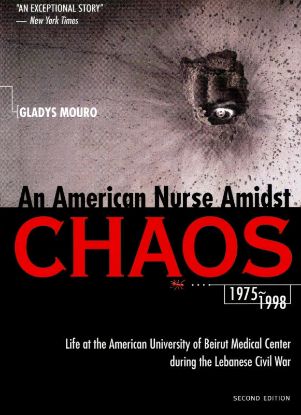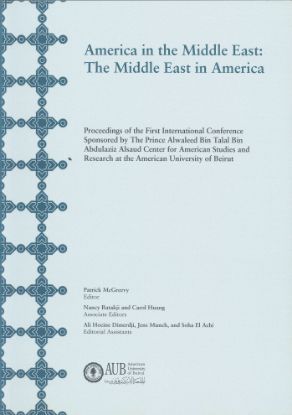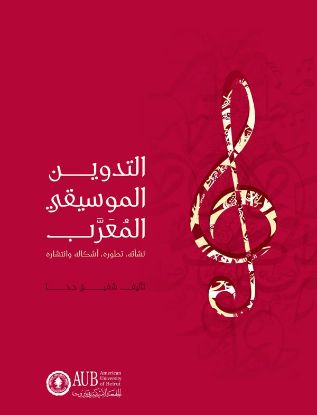Filter by price
AUB Press
An American Nurse Amidst Chaos
Eighteen-year-old Gladys Mouro left her home in New Hampshire for the American University of Beirut, where she soon became a first-rate registered nurse. But in her pursuit of adventure, Lebanon gave her more than she had ever bargained for. Less than a year after her arrival, Lebanon's civil conflict erupted and swept her into fifteen years of dealing with the tragic human consequences of war in an understaffed and unprotected hospital. This book is a personal record of living and working in a war-torn land; it is also a story of the noble survival of an institution – the American University of Beirut Medical Center and the courageous people who, against all odds, kept it alive and functioning throughout the Lebanese Civil War.
$14.00
America in the Middle East: The Middle East in America
This volume expresses a range of perspectives through twenty-eight papers organized into seven thematic sections: American's Orient, Gendered Encounters, the Middle East in America, US Power and US Policies, Messianic Encounters, Encounters in Writing and Landscape, and Faces of American Studies. This book results from the proceedings of the First International Conference Sponsored by the Prince Alwaleed Bin Talal Abdulaziz Alsaud Center for American Studies and Research at the American University of Beirut.
$10.00
Al-Tadwin al-Musiqi al-Muʿarab التدوين الموسيقي المُعَّرب
This book is an account of the efforts of Dr. Edwin Lewis, a professor at the Syrian Protestant College (now the American University of Beirut) in the late nineteenth century to modify the system of Western musical notation to fit Arabic music (and more specifically, church music). In this work, Shafik Jeha addresses how musical notation was adapted to correspond with the right-to-left direction of Arabic musical texts, and includes the reactions of some Arab composers to the revised method of notation. How did this new method of music notation appear on the musical scene? How important was it to musicians in the Arab world? How did it spread? What problems did it face? What were the consequences of the new musical notation method? What were its advantages and its disadvantages? Shafik Jeha answers all these questions and many more in this book, which is divided into three parts: the first deals with the emergence of Arabized musical notation, the second addresses the development of this new type of notation, and the last elaborates on its dissemination.
$20.00



